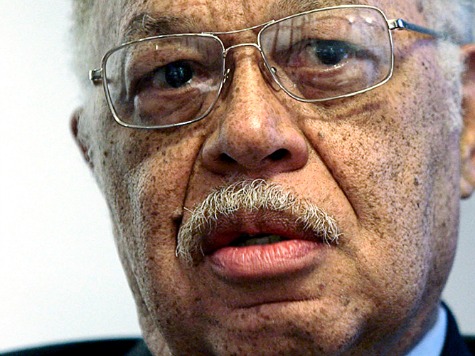
A private practice physician in a minority neighborhood asserts that almost every aspect of her radiology practice is regulated by the “oppressive” eye of the government.
Observing that Kermit Gosnell’s Philadelphia abortion clinic, also in a minority neighborhood, was technically under the same “burden of regulations” as her own practice, Dr. Grazie Pozo Christie asks, “What was it that caused the Department of Health to give this clinic a pass?”
Christie, a radiologist in the Miami area who also serves on the advisory board for The Catholic Association, writes on Fox News Latino that she read about the Kermit Gosnell trial “with special horror.” Gosnell is charged with, among other crimes, the murder of a patient and babies who were born alive during abortion procedures.
Comparing her medical practice with that of Gosnell, Christie writes, “Both facilities are medical practices, where the very life and well-being of each patient is at some risk during each procedure. Both facilities cater or catered to a primarily minority population. But there the similarities end.”
Denouncing the horrific conditions of the Gosnell clinic as described in the grand jury report, Christie asserts, “The many oversight agencies that would shut me down in an instant if our crash cart was missing even one life support medication gave this grisly clinic a pass for years.”
Christie summarizes the lack of interest in the Gosnell clinic on the part of Pennsylvania state agencies:
The grand jury report tells us that the Pennsylvania Department of Health gave approval to the clinic in 1979 and conducted its next site review ten years later. Several violations turned up, but Gosnell was allowed to stay open, as he promised to fix them. In 1993, “the Pennsylvania Department of Health abruptly decided, for political reasons, to stop inspecting abortion clinics at all.” Even the death of one of Gosnell’s patients during a late term abortion did not prompt a review of the facility.
Surmising that “there is something that ugly behind the years of silence and tacit permission” in the lack of oversight of the Gosnell clinic, Christie quotes the grand jury’s ultimate speculation:
We think the reason no one acted is because the women in question were poor and of color, because the victims were infants without identities, and because the subject was the political football of abortion.
As a minority woman herself, Christie knowingly explains:
You see, I know from personal experience that the state has not only the ability but the resources to badger medical practices unceasingly… The reason they closed their eyes to Gosnell’s horrors was the color of the babies he was murdering.
Emphasizing that abortion is both lucrative and a “necessity to a culture dedicated to sexual liberation,” Christie claims: “It is also used by racists to eliminate children of color.”
For Christie, abortion is a “holocaust” that “disproportionately affects black and Hispanic women and children.” Citing that in New York City alone, 60 percent of black babies are aborted–20 percent higher than the abortion rate for white babies–Christie concludes, “That is systematic population reduction.”

COMMENTS
Please let us know if you're having issues with commenting.